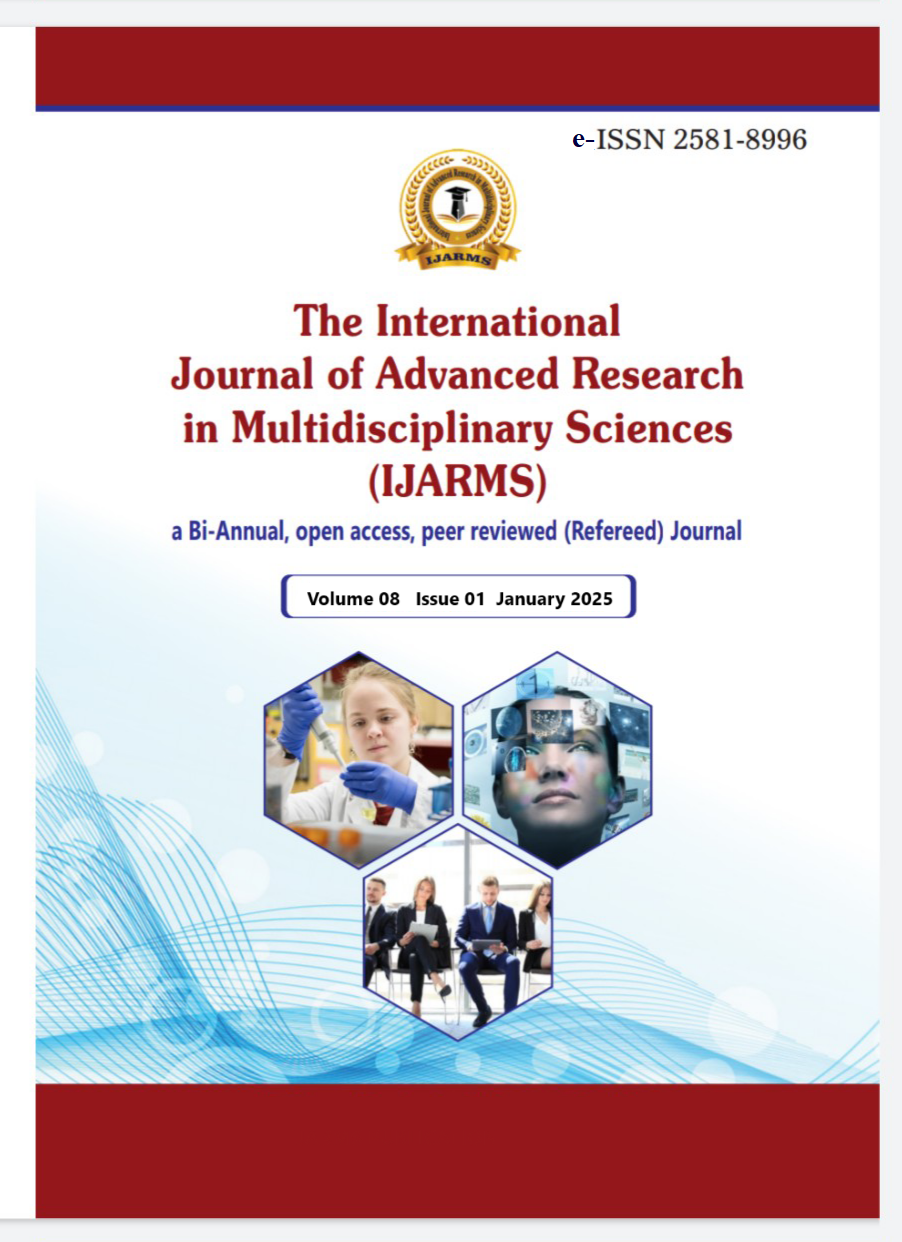Comparative Study of Stone and Brick Temples of Gupta Period
Abstract
The Gupta period (circa 320–550 CE) is often regarded as the "Golden Age" of Indian culture, noted for its remarkable achievements in art, science, literature, and particularly architecture. Among its architectural legacies are early brick temples that exhibit a unique synthesis of structural innovation and spiritual symbolism. The Ishtika Temple of Fatehpur, though less prominent in mainstream discourse, stands as a rare and insightful exemplar of Gupta-period temple construction. Built primarily with bricks (ishtika), this temple offers valuable insights into the evolution of sacred architectural forms in early India. This paper investigates the historical context, architectural features, and artistic nuances of the Ishtika Temple. It situates the temple within the broader corpus of Gupta-era monuments and highlights its uniqueness through comparative analysis with contemporaneous structures such as Bhitargaon and Deogarh. The research also addresses preservation challenges and advocates for the temple's inclusion in academic and heritage conservation narratives. By examining the Ishtika Temple’s form, function, and symbolism, this paper aims to underscore its importance as a distinct architectural artefact of the Gupta period.
Keyword- Gupta Architecture, Brick Temples, Stone Temples, Art and Iconography, Construction Techniques, Religious Symbolism, Structural Design, Cultural Heritage.
Additional Files
Published
How to Cite
Issue
Section
License

This work is licensed under a Creative Commons Attribution-NonCommercial 4.0 International License.
WWW.IJARMS.ORG

